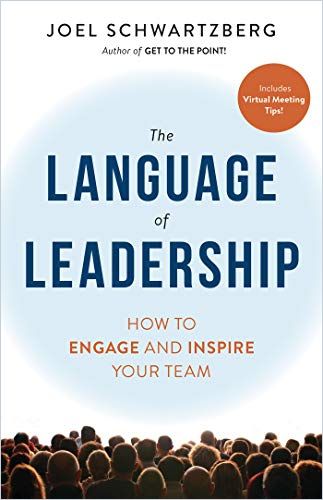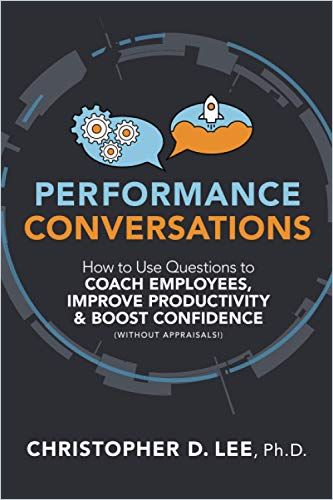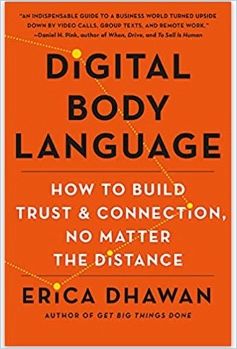Emotional Leadership Versus Virtual Distance

“Our employees have quickly become accustomed to working from home. They are very efficient and self-organized, but we must not forget the human element. We, therefore, need to train our managers to make a personal connection so that employees feel valued and don’t feel like they’re running a hamster wheel.” That’s what a client recently told me.
It is becoming increasingly clear that it is difficult for people to recognize whether their counterparts are not doing so well, whether an employee is stressed – or bored because they don’t have enough to do.
But, unfortunately, encounters in the office corridor are still missing an equivalent in the virtual working world, and even if many colleagues drop by the company headquarters from time to time (catchphrase: hybrid working), you can’t tell what’s going on with them because of the exceptional circumstances. For this reason, I always advise the following when dealing with such customer feedback:
To develop virtual leadership due diligence, establish a culture based on three factors: targeted communication, trust and openness – on both sides.

You can learn a lot from regular conversations with employees, but you also need specific questions: How are you doing? What is the current workload like? And, of course, show genuine interest in their private lives and their well-being. In the office, we would ask each other how someone’s weekend was, right? And whether he or she has a vacation planned or how the kids are doing.
So that employees don’t feel like a cog in a machine, we mustn’t forget the human part, even if that means that an update sometimes takes longer or you just have a coffee break together without talking much about work. Regular conversations also improve the well-being of managers, who try to keep everything moving. Exchanges like these build trust and make employees more willing to turn to their manager when they need help.

In addition to creating spaces where people can regularly share stories, ask for help and celebrate successes, such as in weekly team meetings or one-on-one chats, it’s tremendously helpful to pay attention to facial expressions and gestures during video calls. If you’re observant enough, you’ll quickly notice if all is well with the other person.
If you feel that something is wrong, it is always better to ask.
Even if you are wrong, your question shows you are caring and take your co-worker seriously. Not so good at reading body language? Even in the office, this was not your strength? Take a look at the following abstract; it will quickly take you a step further:










